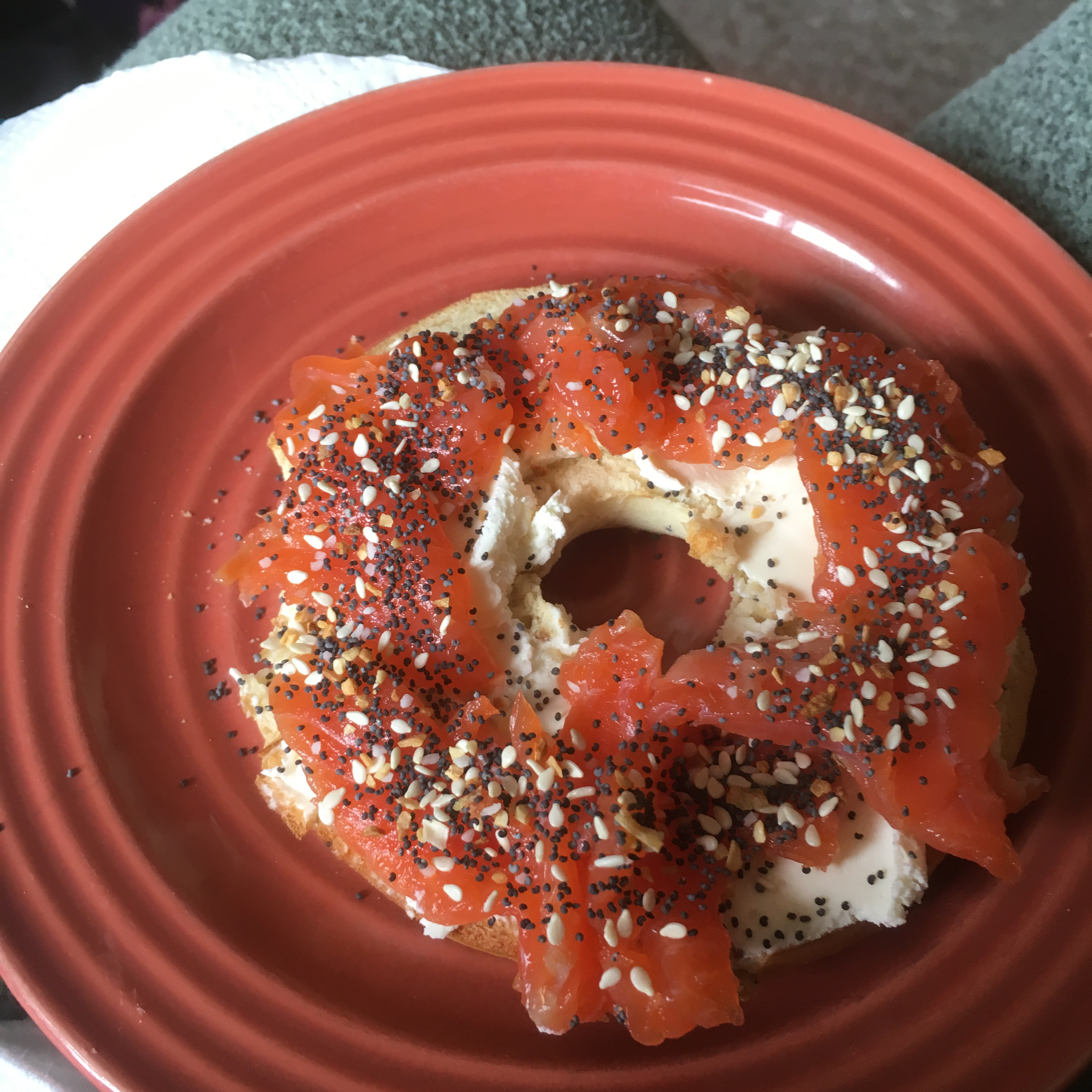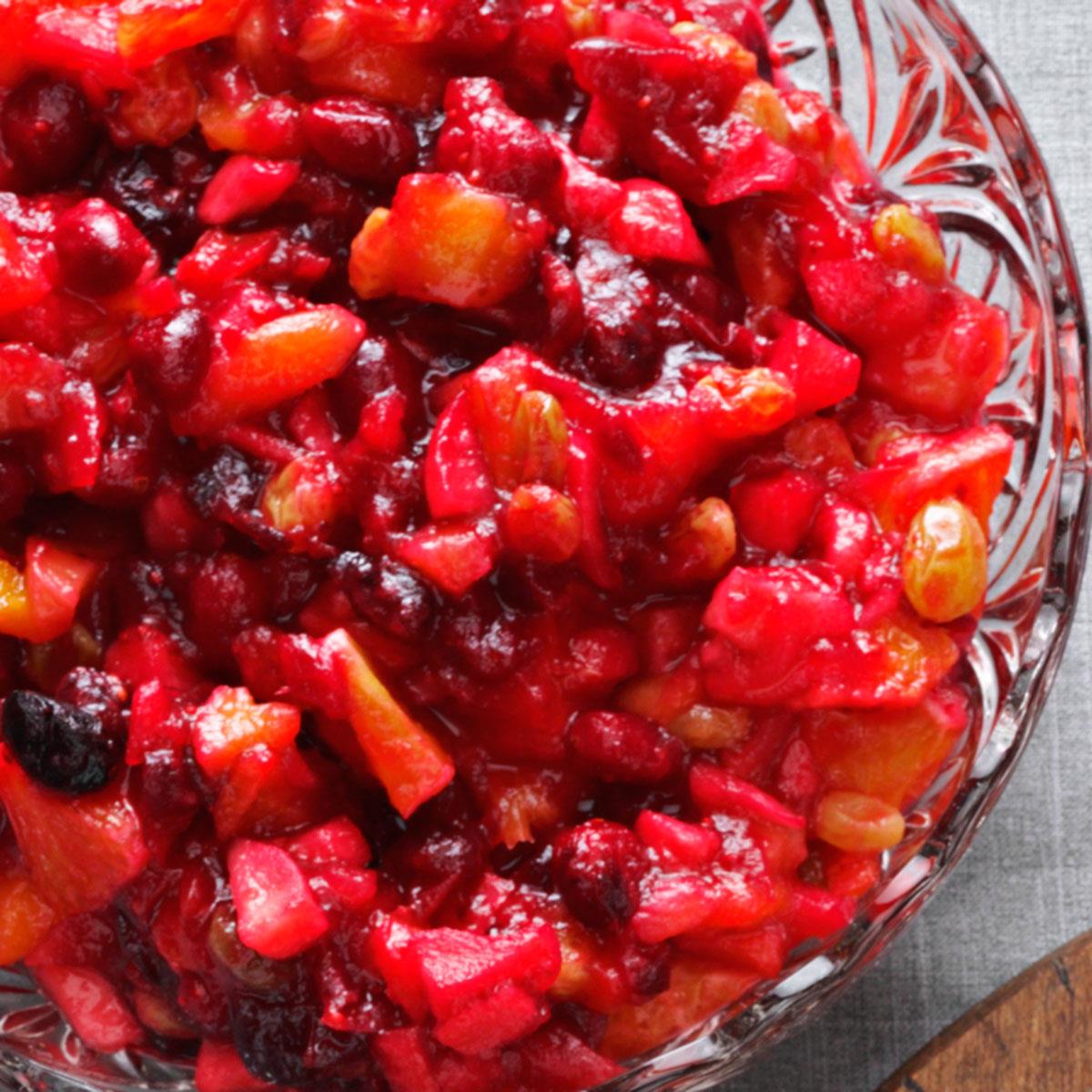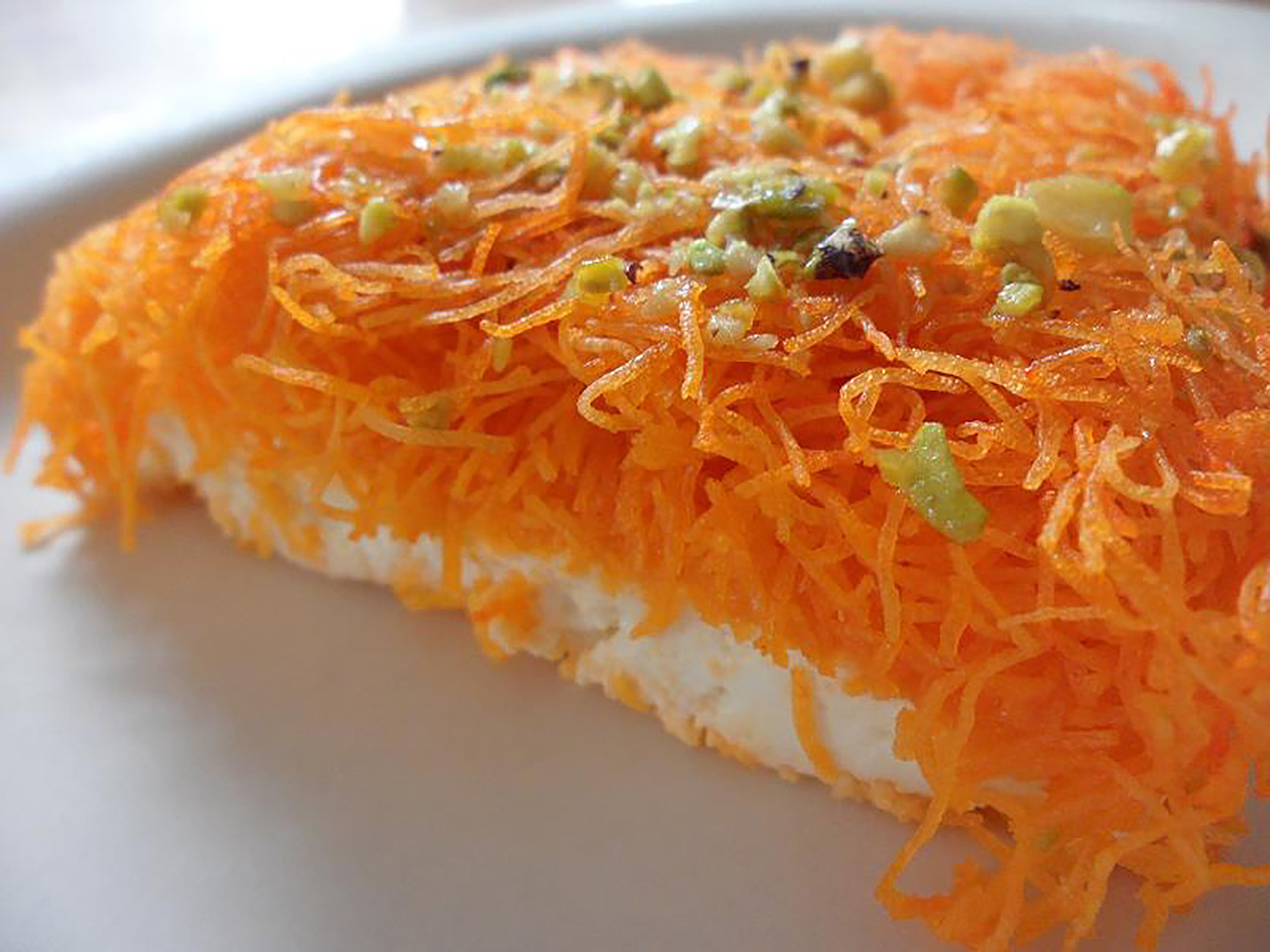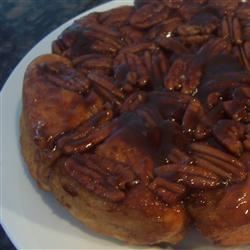**Cured Salmon: A Delicacy for Seafood Enthusiasts**
Indulge in the exquisite world of cured salmon, a culinary delight that tantalizes taste buds with its rich, savory, and umami flavors. This article presents a comprehensive guide to curing salmon at home, offering three distinct recipes that cater to various preferences and skill levels. Embark on a culinary journey as we delve into the art of creating this delectable dish, exploring its history, techniques, and the diverse flavor profiles it offers.
**1. Classic Gravlax: A Scandinavian Delight**
Hailing from the Nordic regions, gravlax is a traditional Scandinavian method of curing salmon that uses a simple combination of salt, sugar, and dill. This classic recipe yields a tender and flavorful fish with a delicate balance of sweet and savory notes.
**2. Lox: A New York Delicacy**
Originating from New York City's Jewish delis, lox is a variation of cured salmon that employs a brining process followed by smoking. The result is a firm texture and a smoky, salty flavor that pairs perfectly with bagels and cream cheese.
**3. Smoked Salmon: A Versatile Treat**
Smoked salmon is a versatile delicacy enjoyed worldwide for its smoky aroma and intense flavor. This recipe guides you through the process of cold-smoking salmon, resulting in a beautifully colored and flavorful fish that can be enjoyed on its own or incorporated into various dishes.
SMOKED SALMON - LOX RECIPE

Make your own lox (smoked salmon) with this easy lox recipe. You will never go back to store-bought lox! Homemade lox is so much fresher, tastier, and healthier than store-bought lox. Serve lox for breakfast or brunch on a toasted bagel with cream cheese.
Provided by Kate
Time 10m
Number Of Ingredients 4
Steps:
- Rinse the salmon and pat it dry with a paper towel. If it has skin, leave the skin on. If you feel any bones in the salmon while you are doing this, remove them - tweezers are useful for this.
- Combine the salt and sugar (and pepper and herbs, if using), and rub the seasoning all over the salmon. You might have some extra seasoning that you haven't used up - if so, just place it on top of the salmon.
- Get a large piece of plastic wrap. Place the salmon skin-side down. Wrap the salmon tightly with plastic wrap and place it in a container that has a lid. Cover with a lid and place in the fridge.
- After 2-3 days, rinse the whole salmon under cold water. Thinly slice the salmon. Serve immediately, or transfer to a clean container, cover, and store refrigerated until serving.
Nutrition Facts : Calories 147 kcal, Carbohydrate 5 g, Protein 18 g, Fat 6 g, SaturatedFat 1 g, Cholesterol 50 mg, Sodium 2000 mg, Sugar 5 g, ServingSize 1 serving
QUICK CURED SALMON

You're going to love this quick-cured salmon technique. While the process is incredibly simple, the potential variations are endless. Whether you're talking about the brine or post-cure seasonings, this is something that begs for adaptation. Smoked salt, chipotle, or smoked paprika could be used before or after the cure to make things a little loxier, and don't even get me started on the herbs. After the 3-minute cure, you can sprinkle your slices with dill, tarragon, chervil, and/or thyme.
Provided by Chef John
Categories Main Dish Recipes Seafood Main Dish Recipes Salmon Salmon Fillet Recipes
Time 2h15m
Yield 4
Number Of Ingredients 4
Steps:
- Whisk water, salt, and sugar together in a large bowl until sugar and salt are completely dissolved.
- Cut salmon along one side of the center connective tissue to the skin but not through. Turn the knife parallel to the cutting board and cut salmon meat from skin. Repeat for remaining side and discard skin and connective tissue. Cut each fillet into 1/4-inch slices.
- Working in batches of 5, place slices in brine for 3 minutes. Remove cured slices using a slotted spoon to a wire rack and blot gently with paper towels. Arrange salmon in a single layer on a platter, cover with plastic wrap, and refrigerate until chilled, 2 hours to overnight.
Nutrition Facts : Calories 272.2 calories, Carbohydrate 16.7 g, Cholesterol 67 mg, Fat 12.3 g, Protein 22.6 g, SaturatedFat 2.5 g, Sodium 11457.7 mg, Sugar 16.7 g
DRY-CURED SMOKED SALMON

Provided by Nancy Harmon Jenkins
Categories dinner, main course
Time 4h15m
Yield 4 servings
Number Of Ingredients 11
Steps:
- To make the dry cure, combine all the ingredients. This will make about one cup. The mixture may be kept, covered, for six months or more. For this recipe, you will need four tablespoons.
- Rub each salmon fillet on both sides with two tablespoons of the dry cure and place in a glass baking dish. Refrigerate for six hours, or overnight.
- Remove fillets from the dish and rinse quickly under running water, just to remove excess cure. Place fillets on a raised grid surface to allow air to circulate around them. Leave to dry for three hours, or until the surface is dry and shiny.
- Forty-five minutes before cooking, light the charcoal fire.
- When ready to cook, throw a handful of wood chips on the coals. Add hot water to the water pan of the smoker, or an improvised smoker (see note). Place the fillets on the grid over the water pan. Cover with the lid and leave the fish for at least 45 minutes, depending on the thickness of the fish. Check periodically and replenish the fuel or chips if necessary. The smoker temperature should not exceed 190 degrees (use an oven thermometer). The fish is done when the flesh is firm to the touch.
- In a mixing bowl, whisk the olive oil, lemon juice and pepper to blend.
- Remove the fish from the grill and cut crosswise into serving pieces. Serve the fish immediately on its own with the vinaigrette, or on a bed of greens dressed with the vinaigrette.
Nutrition Facts : @context http, Calories 728, UnsaturatedFat 34 grams, Carbohydrate 20 grams, Fat 51 grams, Fiber 1 gram, Protein 47 grams, SaturatedFat 10 grams, Sodium 654 milligrams, Sugar 19 grams
Tips for Curing Salmon:
- Choose the right salmon: Look for a fresh, firm fish with bright red flesh. Avoid any fish that has a slimy or dull appearance.
- Use the right salt: Sea salt or kosher salt are the best choices for curing salmon. Avoid using table salt, as it can be too harsh.
- Cure the salmon in a cool place: The ideal temperature for curing salmon is between 38 and 42 degrees Fahrenheit. If you don't have a cool place to cure the salmon, you can put it in the refrigerator.
- Be patient: Curing salmon takes time. Depending on the method you use, it can take anywhere from 12 hours to 3 days.
- Follow the recipe carefully: There are many different ways to cure salmon, so it's important to follow the recipe you choose carefully. If you're not sure about something, don't hesitate to ask for help.
Conclusion:
Curing salmon is a great way to preserve the fish and add a delicious flavor. With a little planning and effort, you can easily cure salmon at home. Once you've mastered the basics, you can experiment with different flavors and techniques to create your own unique cured salmon recipes.
Are you curently on diet or you just want to control your food's nutritions, ingredients? We will help you find recipes by cooking method, nutrition, ingredients...
Check it out »
You'll also love









